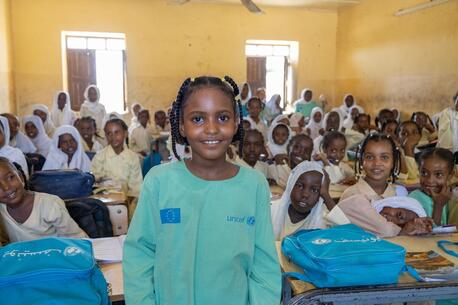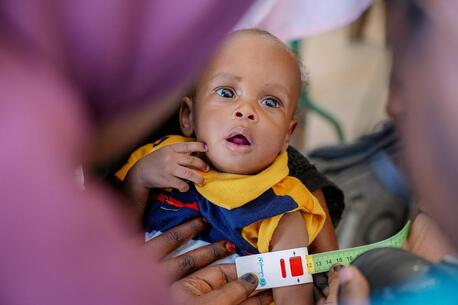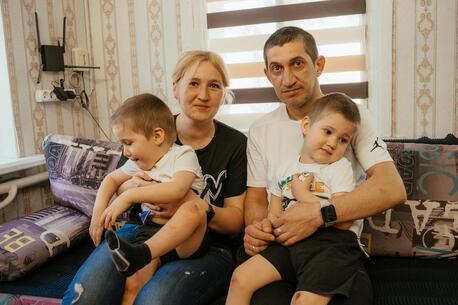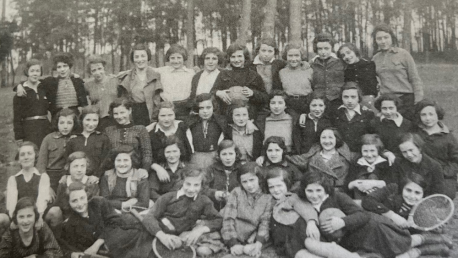
Forced to Flee, Yet Denied Refugee Status
By the end of 2022, a record 43.3 million children were forcibly displaced worldwide, twice as many as a decade ago. Every day, people are forced to leave their homes and all they've ever known in search of protection, rights and survival. As Holocaust survivor Margot Friedlander says, "No one chooses to become a refugee; sometimes it becomes your only option. Sometimes you don’t even have that option." For World Refugee Day, she shares her story, answers questions from young people and encourages all of us to take a stand against discrimination and hate.
It's late afternoon when I arrive at Margot's Berlin apartment, yet she still greets me with a warmhearted "Good morning." She had a speaking engagement that ran late the evening prior and finally had time to sleep in, she tells me as she leads me to her dining room table covered in books, calendars (there are multiple) and a feature film script of her life story, with a cat named Cat sprawled out on top of everything. Even if she hadn't been out late the night before, her schedule still leaves little time to glance at the clock. Whether it’s a school visit, a reading or another engagement, every day she shares her story.
At 101 and a half, she is just getting started.
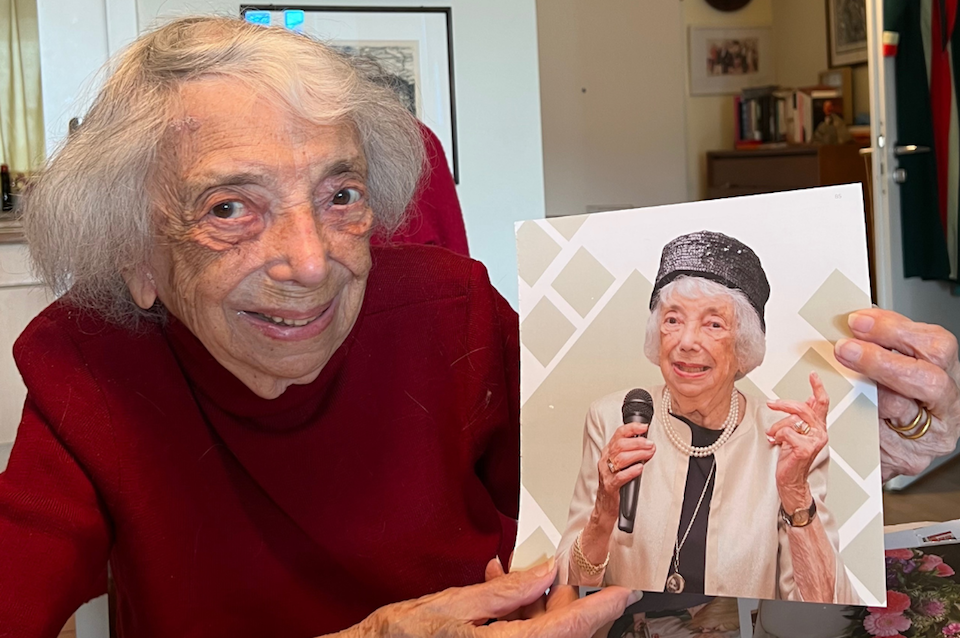
“I don’t talk for myself," she says. "I talk for the ones who could not talk, and it’s not only for the 6 million Jews, it’s for everyone that didn’t make it. Don’t forget these people. They were humans. We are all humans, and what do we have if we don’t have our humanity?”
She tries to share her story with as many young people as possible. For many youths, the interactions with Margot make their history classes become reality. They are given a gateway into the effects of politics, rhetoric and discrimination on human lives. She shows me the countless thank-you notes she has received from students; one sixth grader wrote that he had never “heard his class go silent other than during her reading.”
She talks about daily life in Nazi Germany, and how she wasn’t allowed to visit parks and was barred from shops she once frequented. How her mother’s desperate attempts for asylum in the U.S., England or Shanghai were denied. And about the day in 1943 when she found out that her brother had been picked up, and their mother went with him.
All Margot was left with was a message from her mother, relayed by a neighbor: “Try to make your life” — words she has lived by ever since. Both her mother and her brother were murdered in Auschwitz.
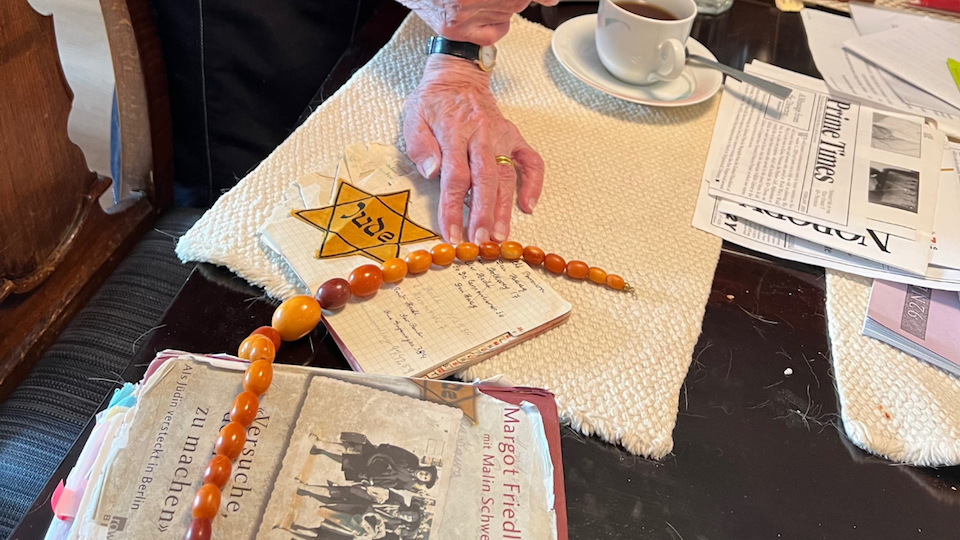
A life underground, followed by a concentration camp
Margot went underground, living in Berlin, staying at a different helper’s apartment each night. In 1944, she was caught leaving a bomb shelter after being unable to show her documents. She was taken into custody and then deported to the Theresienstadt concentration camp, where she fought to survive, as she describes it, “in an intermediate between life and death.”
After Theresienstadt was liberated, Margot was faced with a problem common to refugees from all around the world – she had no home to return to and no family members left. Like many Holocaust survivors, she moved into a displaced persons camp.
It was here that she says she, alongside other young people, “turned back into a human being again. On our once-shaved heads, hair started to grow again ... the skeletons with sunken eyes and pointed noses turned into normal young people again," she writes in her memoir. Most hadn’t heard their name spoken aloud in months or even years.
UNICEF was founded in 1946 to help children in need following World War II
And it was here that her story coincided with the founding of UNICEF. The United Nations Relief and Rehabilitation Administration (UNRRA) was created in 1943 to aid the growing number of refugees during World War II. UNRRA's primary aim was to provide those in need with essentials like medical supplies, food and clean water.
At the Deggendorf DP camp, Margot began volunteering for the UNRRA, running errands — helping with the mail and collecting food from a local farm, using, she tells me, “cigarettes to trade for the produce as that was more valuable than money.” Because of the particular needs of the most vulnerable, like milk powder to strengthen underdeveloped bones and famished bodies, and vaccinations to protect against tuberculosis, UNICEF — the United Nations International Children's Emergency Fund — was established in 1946 to specifically help children in emergency situations and distribute aid to all children without discrimination.
We were nothing. We were stateless. We stood between two worlds like our ship, sailing back and forth between two continents. The one world had thrown us out; the other hadn’t wanted us when we needed their help so much. — Margot Friedlander
In 1946, Margot and her new husband were granted the opportunity to board a Liberty ship to New York. Although she was now on the move towards a new, hopeful future, she was plagued by thoughts that anyone who has had to leave their home can relate to.
She writes in her memoir, “Now we were traveling to America, leaving the land behind where those we loved had been murdered ... We were nothing. We were stateless. We stood between two worlds like our ship, sailing back and forth between two continents. The one world had thrown us out; the other hadn’t wanted us when we needed their help so much.”
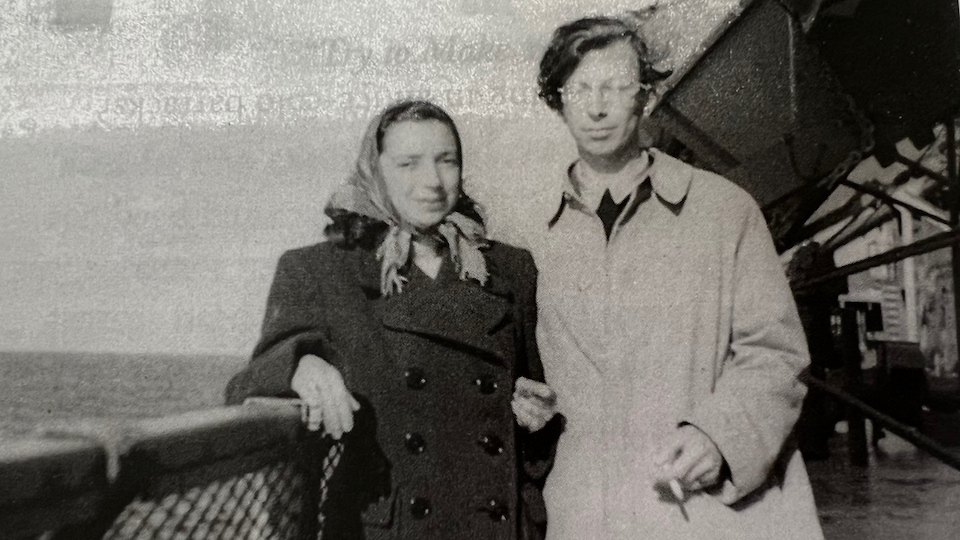
Margot Friedlander and her husband, Adolf, aboard a ship to New York in July, 1946. © photo courtesy of Margot Friedlander
Margot settled in New York, living a fulfilling life with her husband and friends for over 60 years, but what she did after that is truly extraordinary. Even though she had spent most of her life in New York, she felt she "didn't have a homeland like other people do" and that her homeland "is in the past; a country that no longer exists." Following her husband's passing and after writing her memoir, she decided to move back to her hometown of Berlin at the age of 88. Now she spends what seems like every moment sharing her story with young people, forming what she calls "second witnesses" so future generations can be "educated once she is no longer here," she says.
And especially now, with the recent rise in racist, xenophobic and antisemitic attacks lighting up everyday newsfeeds, the perpetual anti-refugee rhetoric that has become almost routine and the lived reality of online and in-person bullying that many children and youth come up against, Margot has decided to dedicate her life to encouraging empathy, bravery and acceptance in all individuals, no matter where they come from or where they are going — because, as she notes, "we are all human."
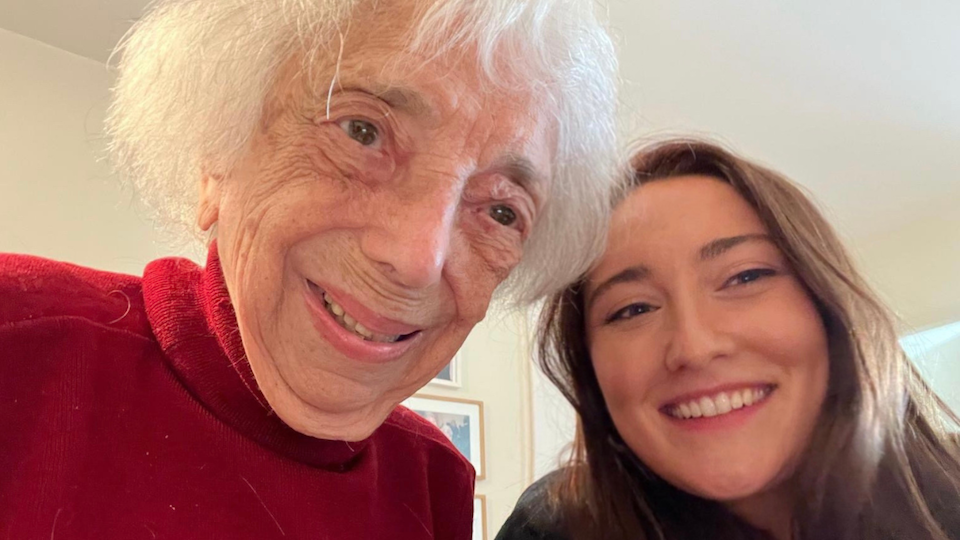
Every year on June 20, UNICEF commemorates World Refugee Day to honor the resilience and bravery of those forced to flee their homes to escape persecution, war or violence. Support UNICEF's mission to protect the rights of all children on the move. Learn more to see how you can help.
HOW TO HELP
There are many ways to make a difference
War, famine, poverty, natural disasters — threats to the world's children keep coming. But UNICEF won't stop working to keep children healthy and safe.
UNICEF works in over 190 countries and territories — more places than any other children's organization. UNICEF has the world's largest humanitarian warehouse and, when disaster strikes, can get supplies almost anywhere within 72 hours. Constantly innovating, always advocating for a better world for children, UNICEF works to ensure that every child can grow up healthy, educated, protected and respected.
Would you like to help give all children the opportunity to reach their full potential? There are many ways to get involved.



